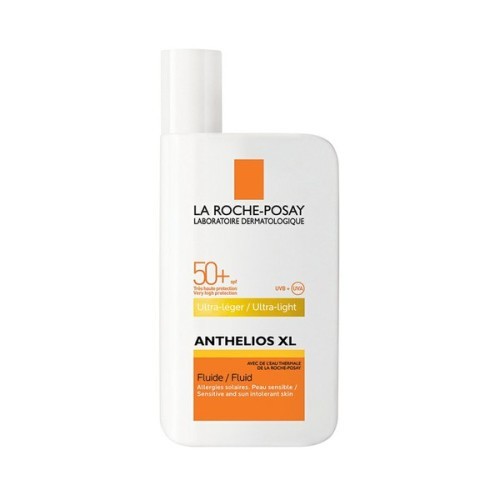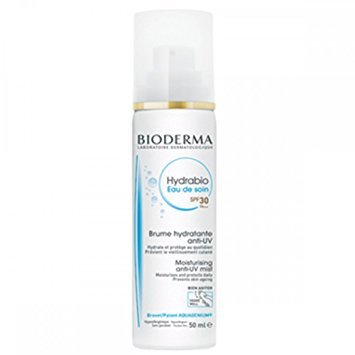IT’S COMING UP to that time of the year, when redheads need to cower from the merciless assault of the sun.
Well, hopefully anyway. Summer can be fleeting in this country. However, that doesn’t mean we can neglect our SPF as a result. Statistics reveal that with the equivalent of 30 skin cancer diagnoses daily*, people in Ireland need to get to grips with sun safe steps, regardless of Ireland’s typically inclement weather.
Sun protection can be pretty confusing though – between factors, star ratings and all the rest, how can we make sure we’re not making a total haims of it?
DailyEdge.ie spoke to Consultant Dermatologist, Dr. Niki Ralph about all things sun safety, and sought to decipher some myths surrounding all things sun protection.
Ok, so, what are UVA and UVB rays?
There are approximately 500 times more UVA rays in sunlight than UVB rays. UVA is the dominant tanning ray. A tan results from injury to the skin’s DNA; the skin darkens in an imperfect attempt to prevent further DNA damage.
“UVA rays are present all year around,” Dr. Ralph said. “UVA causes ageing and changes the collagen in your skin.”
“Then, UVB is chief cause of skin reddening and sunburn, and is primarily responsible for the development of skin cancer.”
Ok, how do I know my sunscreen is protecting against UVA and UVB rays?
“Some of the cheaper ones only protect against UVA. A good suncream protects against both – you should see a 5 star mark on the front of the bottle.”
Right, what the hell does does the sun factor rating mean then?
For context, the majority of Irish people have type 1 or 2 skin – to put it simply, you either burn, or you burn and then tan.
If it takes 10 minutes for you to burn, factor 30 means you can stay out for 30 minutes longer. factor 50 means you can stay out 50 minutes longer.”
Dr. Ralph explains that in hotter countries, like Australia or the US, they’ll try and sell you SPF 60 and beyond. However, after SPF 50, the difference in protection is minimal.
And if I put on SPF 50 and then a foundation that has SPF 15, does that I mean I’m wearing SPF 65 in total?
Short answer? No.
There isn’t an accumulative effect with sun protection factor. So, the SPFs don’t add up. You don’t have extra protection because of your foundation.”
How much suncream should we be using, then?
About a shotglass per application.
“The probably with Irish people isn’t reapplication – we’re simply just not using enough.
I see people coming back from holidays with a bottle of suncream that’s still practically full. That shouldn’t be the case.”
Does it matter what way we apply the suncream – i.e. does it HAVE to be a cream? Can it be a spray?
It doesn’t really matter, but personally, Dr. Ralph prefers cream products as you can see how much you’re applying.
Dr. Ralph’s favourite brand?
For her own patients, Dr. Ralph uses Elta MD because it contains zinc oxide and titanium oxide, which completely block the skin from absorbing the rays.
For affordability, she loves the La Roche Posay Anthelios range (€13.99 – €22). The range is made up of creams and sprays, and also features a couple of products aimed at kids.
A handy handbag solution to SPF is the Bioderma Hydrabio Eau de Soin SPF30 - best suited for use on the face, but handy if you get caught on the hop on a day that ends up being super sunny.




